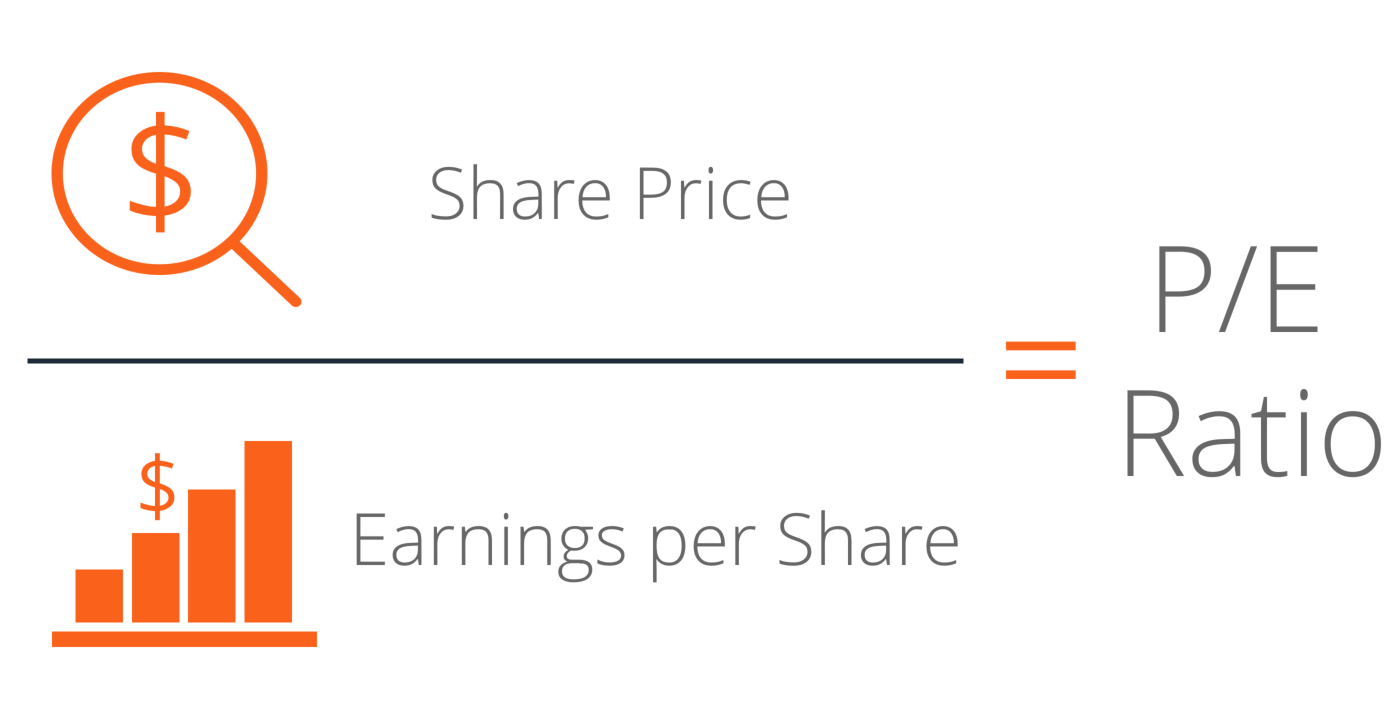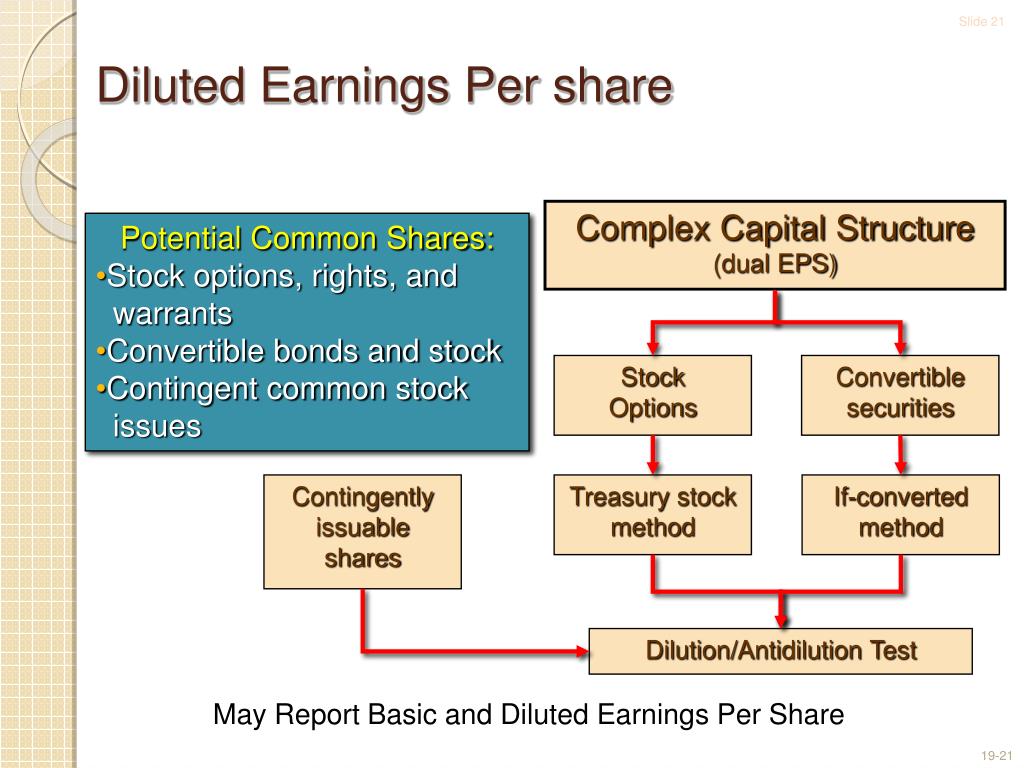

This is one of the most popular indicators in the fundamental analysis, which is calculated by dividing the net profit of a given period by the number of issued common stocks. EPS is a financial indicator that shows how much profit a company has generated per one common stock. Find out how GoCardless can help you with ad hoc payments or recurring payments.The earnings per share formula (EPS) is a measure of a company’s profitability. GoCardless helps you automate payment collection, cutting down on the amount of admin your team needs to deal with when chasing invoices. This is why it’s crucial for investors to conduct their own research, looking at the bigger financial picture of a company. The EPS metric also doesn’t take every factor into account, like cash flow, outstanding debt, or liabilities. This would improve the EPS without increasing profits. Companies can inflate the EPS by buying back their own shares, thus reducing the number of shares outstanding for investors.
#Earnings per share full#
What are the limitations of earnings per share?Ī high earnings per share number marks a worthwhile investment, but it doesn’t paint a full picture of financial health. In either case, it’s a good indicator of potential profit. The funds could also be used to reinvest and grow the business. Companies with a higher earnings per share have more money to distribute to stockholders via dividends. As investors look at company stock options, the EPS is an indicator of potential profit. With greater earnings come higher stock prices, which leads to more money for investors. As a result, the profit or loss should be excluded from the formula’s net profit. When it comes to profits and losses of this nature, including these extraordinary items in the EPS equation would paint an inaccurate picture for investors. Another example would be a factory fire, which would lead to a sudden, unusual loss. Once that land has been sold, the transaction can’t be repeated.
Examples could include a land sale producing a large chunk of profit. EPS and extraordinary itemsĪnother way the EPS can stray from its basic formula is to exclude ‘extraordinary items.’ These are lucky breaks or one-off events that create a windfall or reduction in profit for the company but won’t likely be repeated in the next financial term.

As a result, a diluted EPS will always be lower than the basic EPS.įor example, if you take Company A from above and add 1 million convertible preferred shares to the equation, the new diluted EPS would be $1.33 ($8 million / 6 million shares). This would increase the number of shares, thus reducing the earnings per share. This would apply when a company might have convertible preferred stock options that might become common stock at some point. A diluted earnings per share formula goes one step further by considering all convertible securities. The formula above tabulates all the company’s outstanding common shares into the equation. Therefore, the earnings per share is $1.60. ($10 million net profit – $2 million dividends) / 5 million shares = $1.6 per share. Use these figures to calculate earnings per share: It has an average of 5 million shares outstanding during the quarter.

Here’s what that might look like in practice.Ĭompany A has a net income of $10 million for the quarter and pays out $2 million in dividends to its stockholders. With those figures in hand, you can plug them into the earnings per share formula:Įarnings Per Share = (Net Income – Dividends) / Average Number of Shares Outstanding However, to simplify this, you could also use the number of outstanding shares at the end of the reporting period. Most companies use a weighted average number of common shares for the reporting term for greater accuracy. To calculate earnings per share, the company’s income statement and balance sheet are used to find net income, dividends paid on preferred stock, and end number of common shares. The EPS is usually reported on a quarterly or annual basis. Generally, the higher the EPS number, the more profitable the company. However, earnings per share can be adjusted for share dilution or extraordinary items, which we’ll explore below. The EPS figure is determined by dividing the company’s net profit by its outstanding shares of common stock. What is earnings per share?Įarnings per share indicates a company’s profitability by showing just how much money a business makes for each share of its stock. Here’s what you need to know in order to calculate earnings per share. Earnings per share, or EPS, is a common metric used to assess corporate value.


 0 kommentar(er)
0 kommentar(er)
